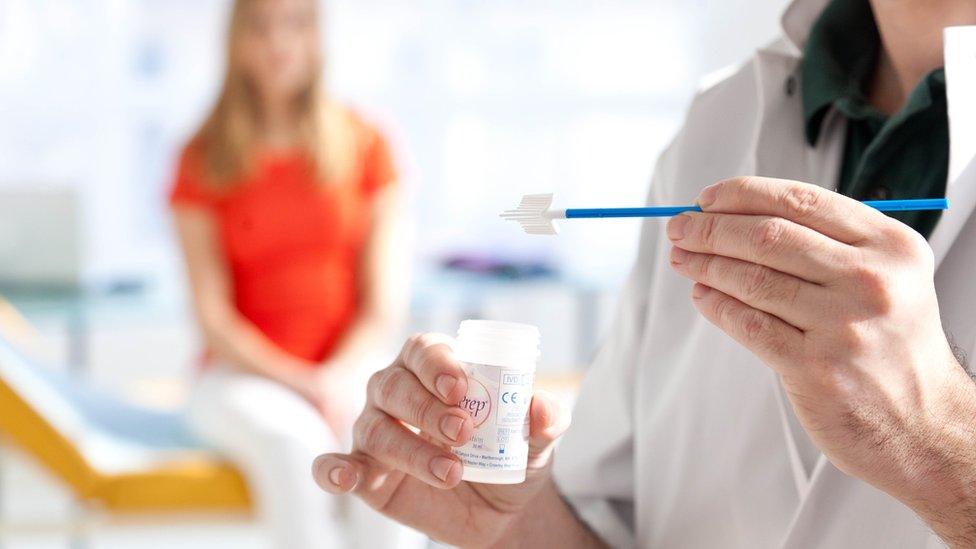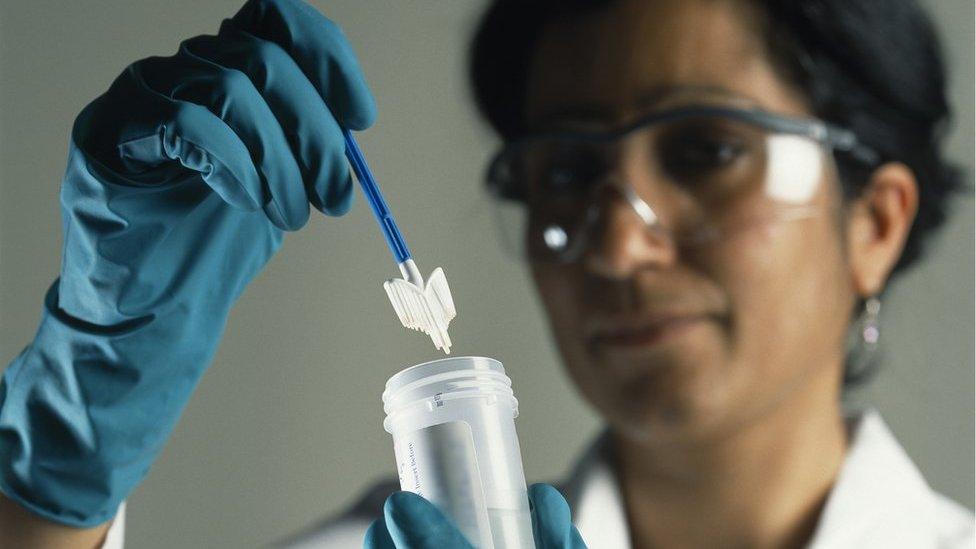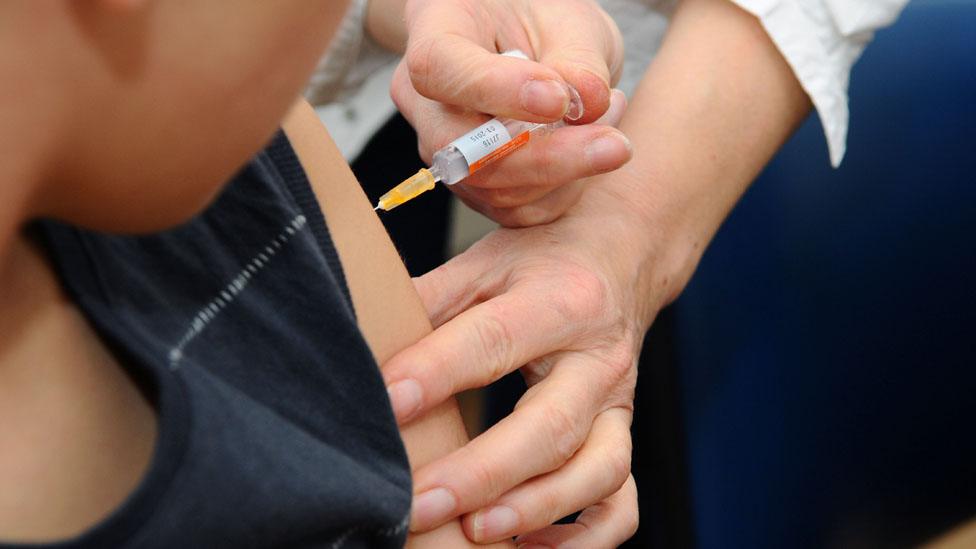New smear test in Scotland to screen for HPV
- Published

A new smear test being introduced in Scotland from Monday will now also screen for the human papillomavirus (HPV) - the main cause of cervical cancer.
The test will be more effective at identifying those at risk of developing the disease.
It means many women will only have to go for cervical screening every five years rather than every three.
Four out of five women in Scotland will have HPV at some point in their lives.
However, it is rare for it to develop into cervical cancer within five years.
Scotland's chief medical officer, Dr Catherine Calderwood, said: "Introducing HPV testing as part of the main smear test will improve health outcomes for women and ultimately save more lives.
"The way the test is carried out will not change - so it's important women still attend their cervical screening appointment when invited.
"It is normal to feel anxious, but going for your test is the best way of preventing cervical cancer."
HPV vaccination
She also said it was important that those who have been vaccinated against HPV still go for screening as the vaccine does not protect against all types of HPV that can cause cancer.
"It's the combination of the HPV vaccination and cervical screening that should eventually wipe out cervical cancer in Scotland," she said.
"Women who are found to have HPV will be closely monitored and treated if required, meaning HPV is extremely unlikely to develop into cervical cancer."
Robert Music, chief executive of the Jo's Cervical Cancer Trust charity, said: "We are fortunate to have cervical screening as it can stop cervical cancer before it starts and testing for HPV means we can identify those at risk much faster. This will help to prevent even more diagnoses.
"It's important that women understand the changes to the programme, such as moving to testing every five years, and that they feel comfortable with their results."
He added: "Many more women will now be told they have the virus and we must tackle the fear and confusion that exists around this really common virus."
The infection is spread through sexual contact, including toys, and cannot be prevented by practising safe sex. It can also lie dormant for a long time.
- Published8 October 2019

- Published3 September 2019

- Published25 June 2019

- Published4 April 2019

- Published5 March 2019
